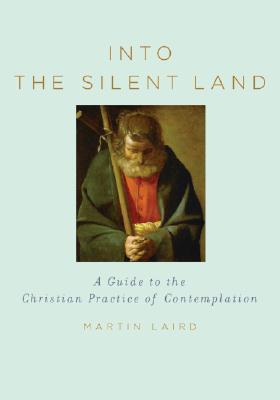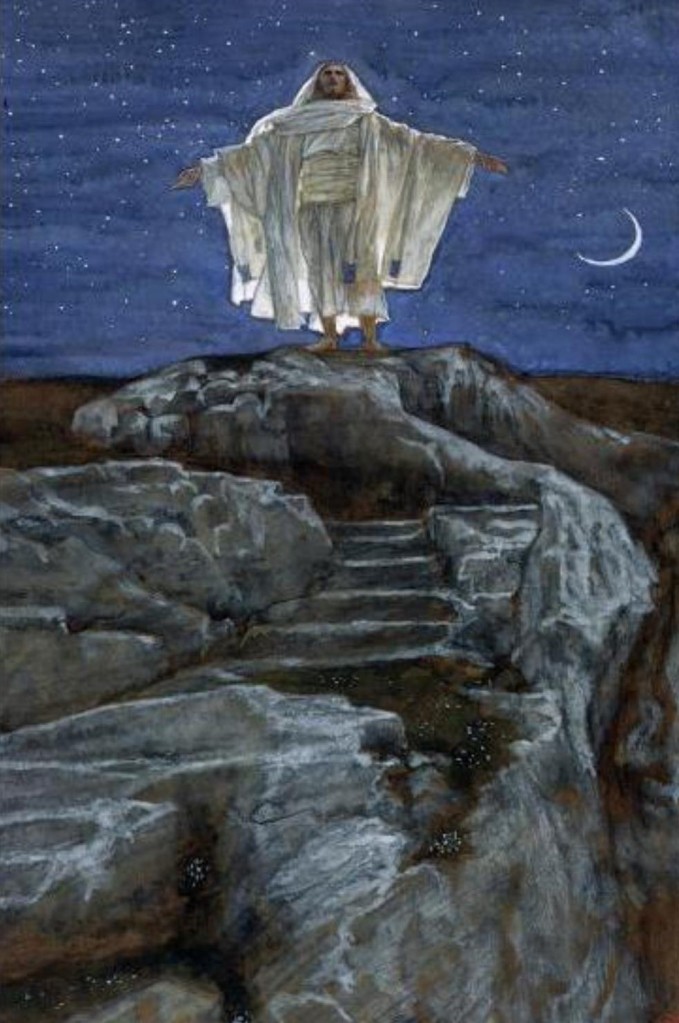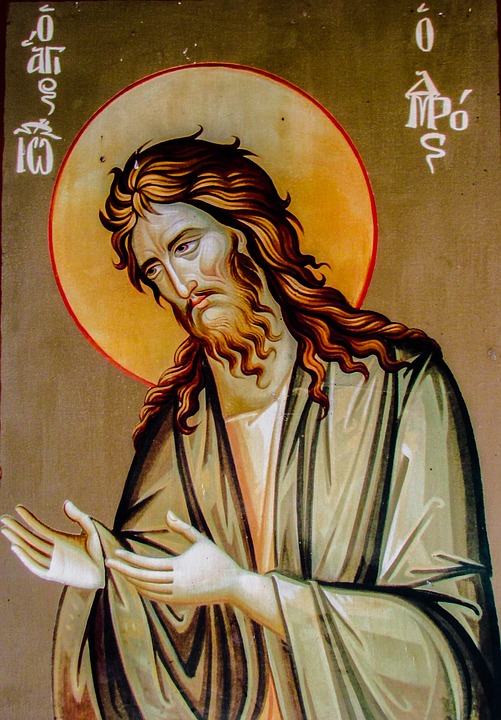Third Sunday in Lent: Reading Reflection

This Sunday, we hear the Gospel reading of the woman at the well.
Jesus offered “living water” to the woman at the well. The Samaritan – who was viewed by Jews as “the other” – accepted Jesus’ offer of “living water.”
Jesus also offers us “The Living Water.”
How well do we – of the Christian faith – drink of “The Living Water?”
Do we come to the well? If we come to the well – Christ’s offer of vibrancy of life in faith – do we just skirt around the edges of the well (such as simply sitting in a pew on Sunday morning), or do we open our hearts to drink freely of what is offered?
To “drink of the living water,” there are times of grace when the water flows freely. Those moments of grace are like a river flowing through our lives. Beyond those moments, we have to surrender to allow God into our lives. Such surrender can seem a high price to pay. In recent years, I most fully surrendered my very being to “being changed” following one of those periods of grace in 2016 (that grace began at a Catholic mass in the Irish language followed by a broken ankle). Since then, I find that I periodically have to surrender again, in varying degrees (depending on how much I have un-surrendered at any given time). The sense that I am somehow autonomous creeps (often slowly) back into me thinking that I have “sense of independent self-hood” – that I am “my own person.” This false idea of independent self-hood separates me from God.
There comes a level when it becomes clear that the false idea of independent self-hood has re-asserted in my day-to-day way-of-being. I get too busy. My chronic pain disorder rears its’ ugly head again. My physical skin begins to feel again like a wall separating me from other people (actual physical tension like a wall becomes present). Prayer begins to become rote rather than an interactive no-need-for-human-words relationship between me and God. Life’s challenges become overly burdensome again. The Living Water trickles to mere drips of water rather than a free-ish flow of water. Time to surrender again to allow God to roam my existence freely (“It is no longer I, but God who lives in me” Galatians 2:20).
Kim Burkhardt blogs at A Parish Catechist and The Books of the Ages (and a member of the Association of Catholic Publishers). If you are a new visitor, it would be great to have you follow this blog (thank you!). If you know someone who would like this blog, please share it with them (thank you!). You can also support this blog by clicking here when you are going to shop on Amazon (that lands A Parish Catechist a commission on Amazon sales).









